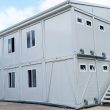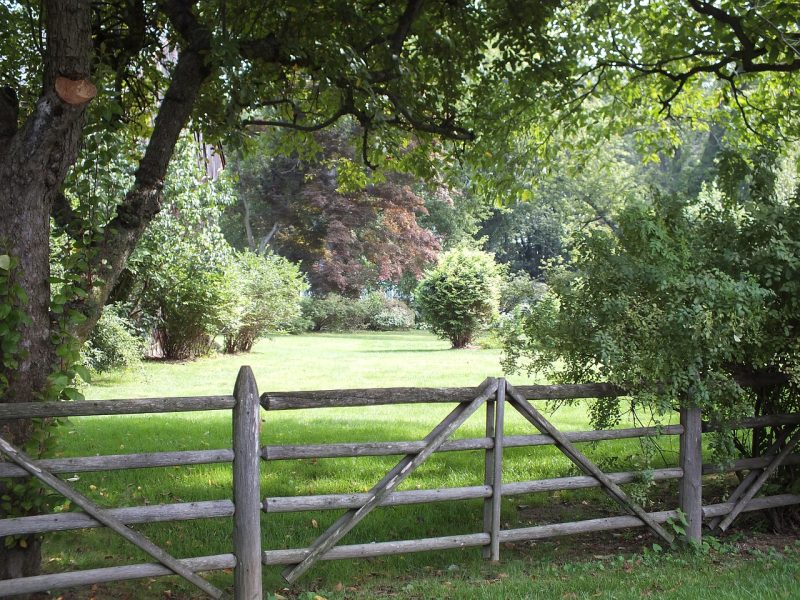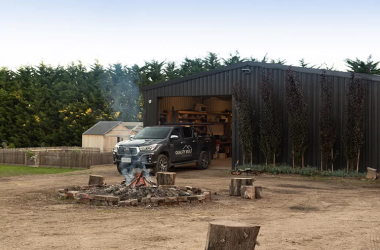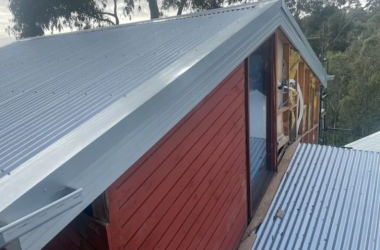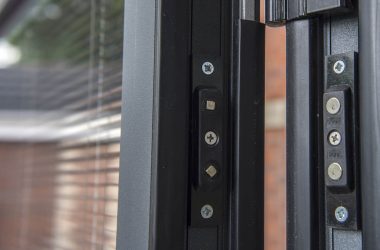Fences are a common feature of many homes, and they can provide several benefits. Apart from enhancing the aesthetic appeal of your property, a fence can also increase privacy and security. If you have children or pets, a fence can help to keep them safe and contained. If you’re considering installing a fence, there are a few things you’ll need to consider, such as determining the function of the fence, choosing the suitable material, and considering the cost of installation and maintenance. Therefore, you need to have a concrete plan before proceeding. Here’s what you can do.
1. Assess the purpose of installing the fence
When planning to install a fence, it is essential first to assess the reason for needing the fence. Are you looking to increase security, keep pets contained, or add privacy? Once you have determined the purpose of the fence, you can then begin to narrow down your options. For example, if you are looking for a way to keep small children or animals safe, a chain-link fence would be an ideal choice. However, if you are seeking privacy, a wood or vinyl privacy fence would be a better option. Ultimately, your type of fence should be based on your specific needs and preferences.
2. Determine fence size
The size and budget for the fence should be planned in proportion to the size of the area to be fenced in. A small patch of herb garden will not need as extensive or expensive a fence as a field intended for crops. The height, thickness, and type of fencing material will also be dictated by what is being kept in or out. If building a fence to keep children and pets safely contained, a shorter wall made of lightweight material may suffice. However, if the fence’s purpose is to keep large animals such as cattle in, a taller, sturdier fence made of metal or wood will be necessary. Once the size and purpose of the wall are determined, it will be easier to find an estimate for the budget.
3. Select fencing material
One of the first decisions you should make is what material to use. There are many different options available on the market, each with its advantages and disadvantages. For example, wood is famous for fences because it looks classy. However, wood fences require regular maintenance and can be damaged by weather and insects. On the other hand, a colorbond fence made of high-quality steel is durable and low-maintenance, so you don’t have to think about spending in the future.
Ultimately, the best fencing material for an ann project will depend on various factors, including budget, aesthetics, and function. By taking the time to consider all of these factors, homeowners can ensure that they choose the fencing material that is right for their needs.
When installing a fence, it is essential to plan. You will need to consider several things, from the fence’s location to how you will install it. Remember, you shouldn’t look to invest in substandard materials as it involves security, privacy, and decoration of your house.



